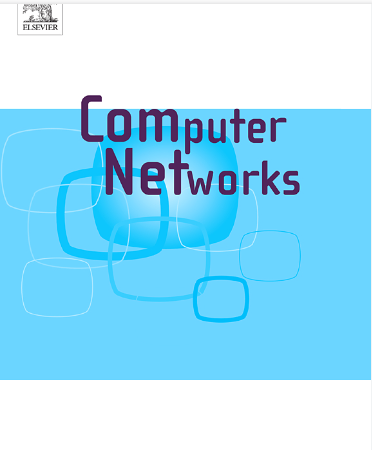Concurrent WiFi backscatter communication using a single receiver in IoT networks
IF 4.4
2区 计算机科学
Q1 COMPUTER SCIENCE, HARDWARE & ARCHITECTURE
引用次数: 0
Abstract
The development of the Internet-of-Things (IoT) network has transformed our daily lives, enabling users to access various information. Power consumption in the IoT network is crucial since excessive power use can cause frequent battery replacements, raising environmental concerns. To address this, ambient backscatter communication has emerged owing to its ultra-low-power consumption and battery-free operation. In this paper, we focus on the design of WiFi backscatter communication. Current WiFi backscatter communication systems either operate in a single-tag mode, encountering challenges when multiple tags transmit concurrently, or require a double-receiver design to enable multi-tag concurrent communication, causing a significant reliance on a reliable channel between the WiFi transmitter and the WiFi receiver. To address these issues, we introduce ParaFi, a novel WiFi backscatter system that enables concurrent WiFi backscatter communication using a single receiver. ParaFi is designed with a key insight: a group of known pilot signals is inserted into each OFDM WiFi symbol, which provides us with an opportunity to decode multi-tag data using only a backscatter receiver. To further improve ParaFi’s reliability, we design a novel performance enhancement approach. We evaluate ParaFi’s performance under various scenarios, and our results demonstrate that ParaFi outperforms the state-of-the-art multi-tag WiFi backscatter communication system.
求助全文
约1分钟内获得全文
求助全文
来源期刊

Computer Networks
工程技术-电信学
CiteScore
10.80
自引率
3.60%
发文量
434
审稿时长
8.6 months
期刊介绍:
Computer Networks is an international, archival journal providing a publication vehicle for complete coverage of all topics of interest to those involved in the computer communications networking area. The audience includes researchers, managers and operators of networks as well as designers and implementors. The Editorial Board will consider any material for publication that is of interest to those groups.
 求助内容:
求助内容: 应助结果提醒方式:
应助结果提醒方式:


